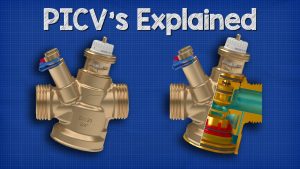The common types of balancing valves in HVAC systems are mainly static hydraulic balancing valves for eliminating static hydraulic imbalance and realizing static hydraulic balance, dynamic differential pressure balancing valves for eliminating dynamic hydraulic imbalance and realizing dynamic hydraulic balance, dynamic flow balancing valves, dynamic balancing electric switch valves, combination of dynamic differential pressure balancing valves and electric regulating valves, and integrated dynamic state.
Balancing valve types
1. Static Balance Valve
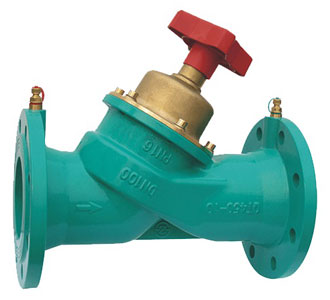
Static Balance Valve is the main equipment to eliminate the static hydraulic imbalance of HVAC water system and achieve static hydraulic balance. Static balance valve is essentially a damper regulator with a clear “flow-pressure-opening” relationship, clear and adjustable opening indication, and good regulation characteristics. In HVAC water system, the static balance valve does not guarantee the flow value of a single pipe in the system. It maintains that during the initial commissioning of the system, the flow ratio of each pipeline in the system is the same as that of the design flow through the regulating function of the static balance valve. In this way, when the total flow of the system equals the total design flow, the flow of each terminal equipment and pipeline also reaches the design flow at the same time. Static balance valves are mainly used in system diverters, branch pipes, and end equipment.
Description of Balancing Valve
- Balancing valve for hydraulic systems.
- Flow rate measurement with Venturi device.
- CR dezincification resistant alloy body,
- stainless steel obturator.
- Complete with pressure ports.
- Max. working pressure: 16 bar.
- Temperature range: -20–120 °C.
- Max. percentage of glycol: 50 %.
Features of Balancing Valves
- Broad product range
- With valves in sizes from DN 15 up to DN 400, mounting options with internal thread, external thread, or flanges, and availability of measuring tools and accessories.
- Compact construction
- ZECO balancing valves are designed to take up minimum space and be easy to install.
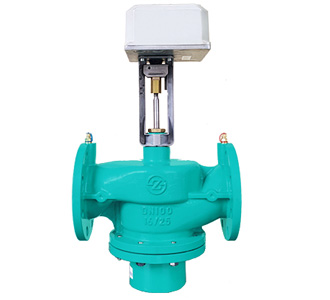
3. Pressure Independence Balance Valve
Pressure Independent Control Valves (PICV) can help reduce energy costs and increase occupant comfort in heating and cooling coil applications in buildings. A PICV is best described as two valves in one: a standard 2-way control valve and a balancing valve.
Dynamic balancing valves ensure that the design flow will not be exceeded regardless of pressure fluctuations in the system. These valves can be used in basically any construction-based heating or cooling system. Dynamic balancing is – contrary to static balancing – a completely pressure-independent solution.
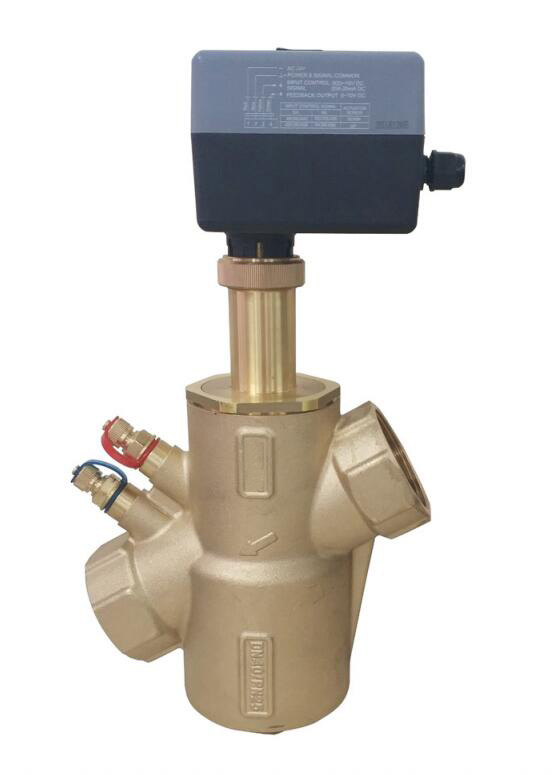
Dynamic flow balancing valve is one of the devices to eliminate the dynamic hydraulic imbalance of the system. The essence of dynamic flow balance valve is to keep the flow of the pipeline unchanged in a certain range of pressure differences. Flow value can be customized according to system requirements, so it is also called a “constant flow balance valve”. Dynamic flow balance valves are mainly used in the pipelines of the hydraulic systems which require constant flow, such as refrigeration and cooling water pipes of chillers, as well as the terminal equipment pipes of refrigeration and heat supply with variable air volume control system.
2. Differential Pressure Control Valve
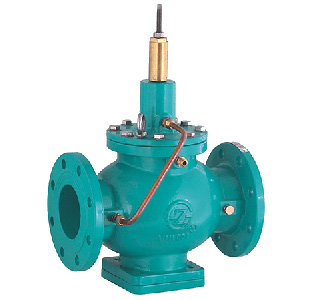
Dynamic differential pressure balance valve is one of the main pieces of equipment to eliminate dynamic hydraulic imbalance and achieve dynamic balance in HVAC system. Dynamic pressure balance valve has the function of constant pressure difference at key points. It can automatically keep the pressure difference between two key points in the system at a set pressure difference through the self-supporting mechanism inside the valve. Based on the requirement of a total hydraulic balance system for subsystem constant pressure, graded constant pressure, and equipment constant pressure, dynamic differential pressure balance valve is widely used by system supervisors, branch pipelines, and various terminal equipment.
4. Dynamic balance electric switch valve
Dynamic balance electric switch valve is one of the main pieces of equipment to eliminate dynamic hydraulic imbalance and achieve dynamic balance in HVAC water system. The dynamic balancing electric switch valve has the functions of dynamic balancing and electric switch. When the valve is opened, it can dynamically keep the actual flow rate of the pipeline constant at the designed flow rate and is not affected by the system pressure fluctuation. Dynamic balance electric switch valve is mainly used in fan coil units. On the one hand, it has the electric switch function of a traditional electric switch valve. On the other hand, it can keep the flow constant in the design flow of the fan coil when the valve is opened.
5. Combination of dynamic pressure balance valve and electric regulating valve
The combination of dynamic differential pressure balance valve and the electric regulating valve is one of the main pieces of equipment to eliminate dynamic hydraulic imbalance and achieve dynamic balance in HVAC water system. The combination of a dynamic differential pressure balancing valve and electric regulating valve not only has the function of dynamic balancing, that is, it can dynamically balance the pressure fluctuation of the system so that the flow through the pipeline is not affected by the pressure fluctuation of the system, but also has the function of electric regulating, that is, it can automatically adjust the opening according to the load change in the target area, so as to adjust the flow value and ensure that the temperature in the target area is always constant at the set temperature. The combination of dynamic differential pressure balance valve and the electric regulating valve is mainly used in air conditioning boxes, air handling units, and fresh air units.
6. Integrated dynamic balance electric regulating valve
The function of the integrated dynamic balance electric control valve is basically the same as that of the combined valve. It integrates the dynamic differential pressure balance valve with the electric control valve in one valve body. The integrated dynamic balance electric regulating valve is mainly used in air conditioning boxes, air handling units, and fresh air units.






